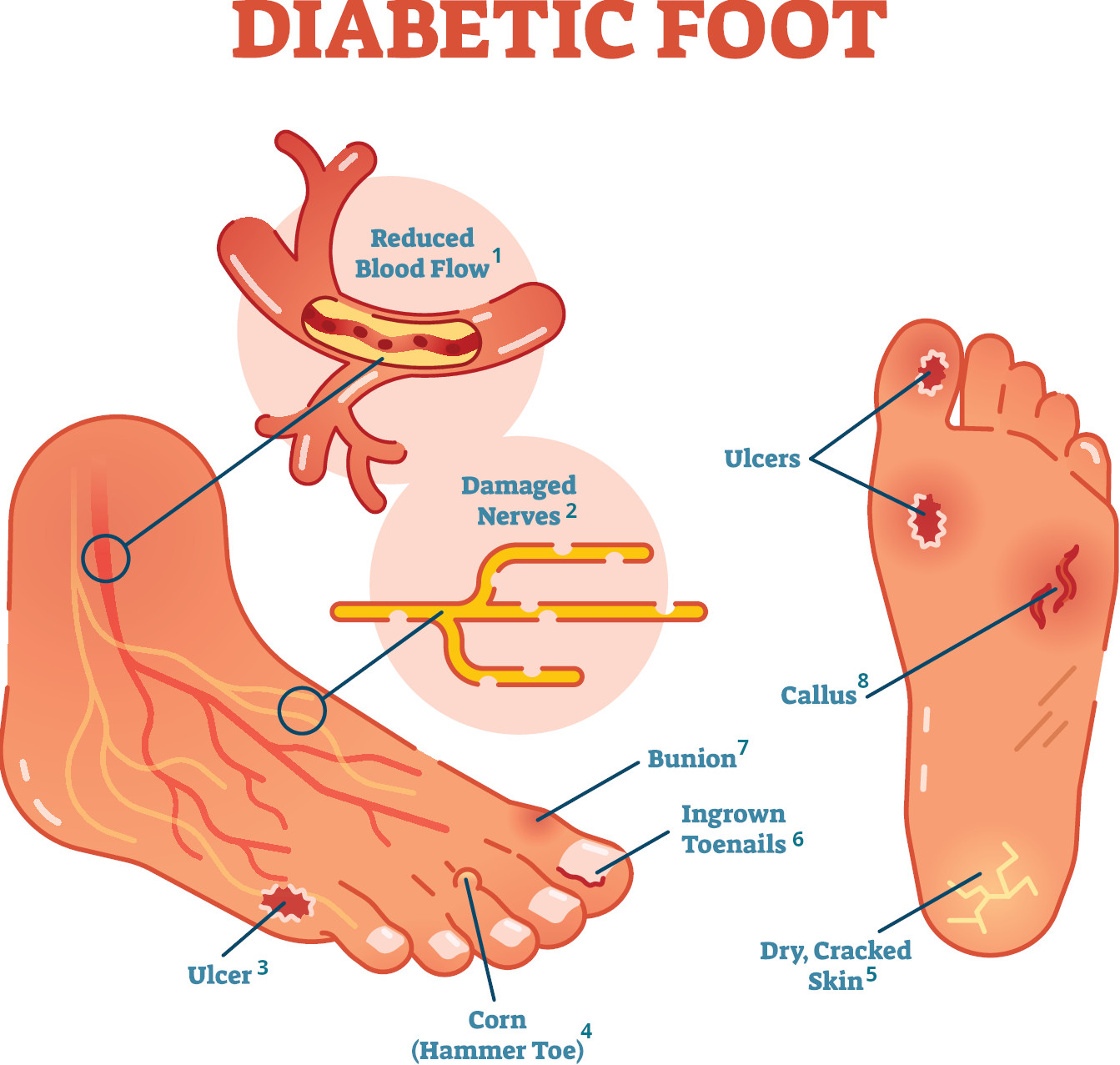In order to prevent ulcers and inflammation in diabetic feet, mechanochromic sensor material for shoe soles is to be developed as part of the FootPrint project. This allows critical pressure distribution to be indicated by a change in colour and this can be recorded electronically.
Technical demand:
- Visualisation of the accumulated pressure distribution
- Early detection of incorrect loads
- 4D mapping of foot topology as a basis for data science
- Individualised medical support based on accumulated data
- Prediction of the development of the clinical picture
Scientific-technical solution:
- Visualisation of the accumulated pressure distributions
- Colour-force correlation
- Machine-readable colour distribution
- Individualisation through additive manufacturing processes and adaptive shapeability
- No external energy source

